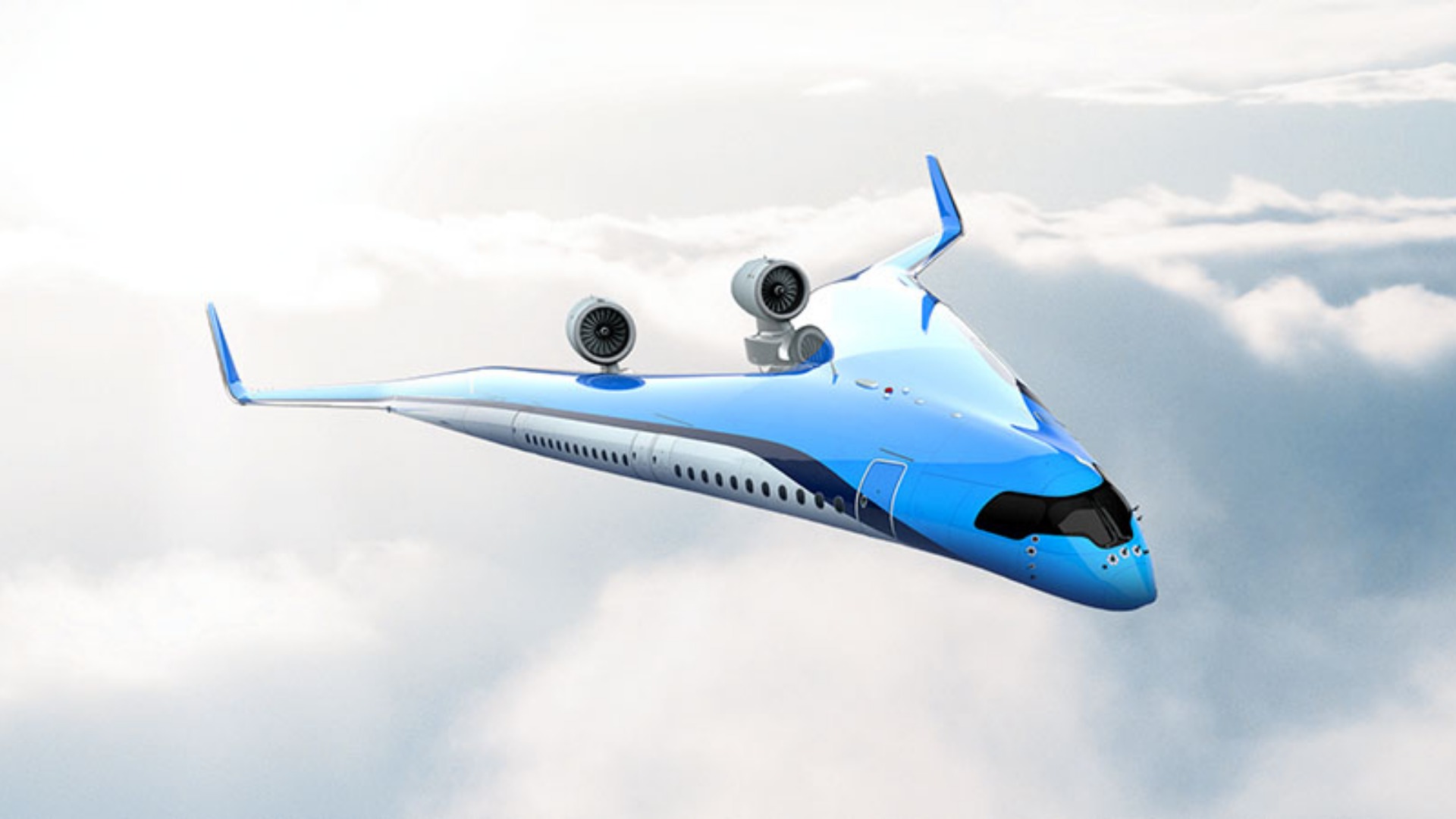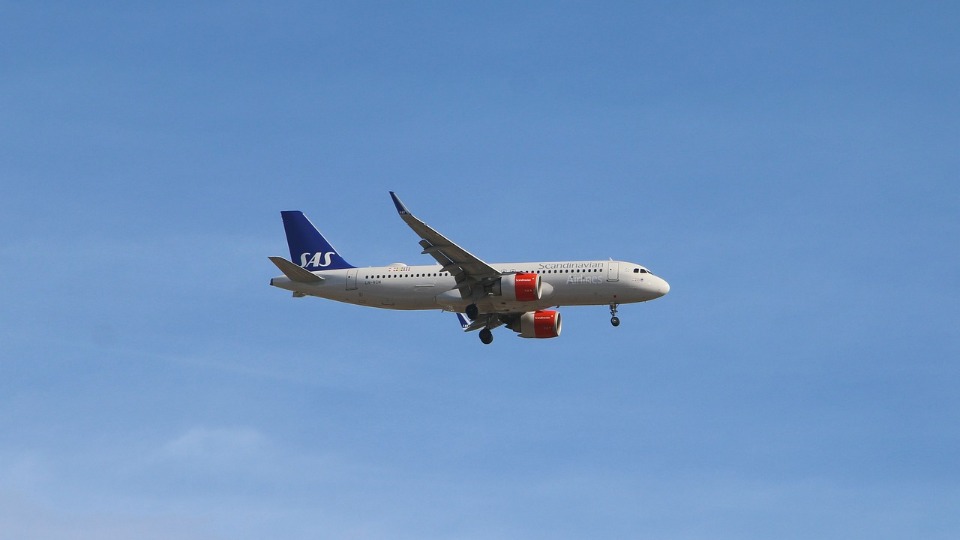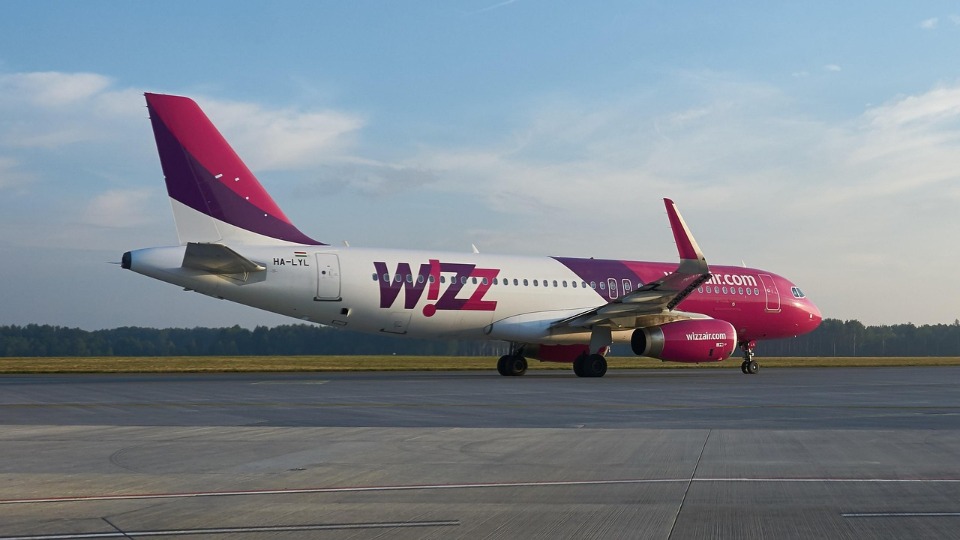
The “Flying-V” plane’s design aims to reduce fuel consumption

The new aircraft is expected to be 20% more fuel efficient, as the aviation industry’s main goal for the future will focus on sustainability and environment.
As in the present commercial air travel makes up for 3% of the world’s carbon emissions and data from the U.N. shows that this figure will triple by 2050, major companies are focusing on finding a solution to conduct more climate-friendly operations and why not someday even fully decarbonize the industry.
With that in mind, an aerospace company is currently developing the “Flying-V”, the innovative plane that could optimize flying, while reducing environment impact.
The Flying-V was designed by engineer Justuce Benad. The plane is the result of a collaboration between three companies: Airbus, Delft University of Technology (TU Delft), and KLM Royal Dutch Airlines.
“We want to make a big impact on reducing fuel consumption, and this aircraft is designed to be more energy-efficient. We are at a plateau in terms of aviation efficiency, and the Flying-V is trying to break through this plateau”, commented Roelof Vos from TU Delft.
The aircraft, created to carry 300 passengers, features two fuselages connected at an angle, while forming a “V” shape aimed at producing less drag than classic planes.
”Normally, passengers sit in the middle of an aircraft and the wing generates the lift; those forces must then be transferred to the cabin. This requires additional construction weight, which is not necessary here”, Vos explained.
The Flying V’s design is radical, but expected to be very efficient in reducing fuel consumption. Thanks to its lower weight, engineers estimate a 20% fuel efficiency rate increase. Nevertheless, alternatively, the aircraft could be powered by hydrogen, for zero carbon emissions. The downside of this variant would be that the plane could only carry 70% of the cargo volume.
“But that’s the compromise we have to go through to make carbon-neutral aviation. It’s a very inspiring project — the great thing is that there’s a lot to discover. There are so many things we hadn’t thought about when we started the research and that makes it very interesting for us”, Vos added.
Currently, researches have created a 13-meter scaled replica of the plane in order to asses functions via several technical tests, but, according to developers, the Flying V prototype is expected to be finished by 2041.
source: freethink.com








